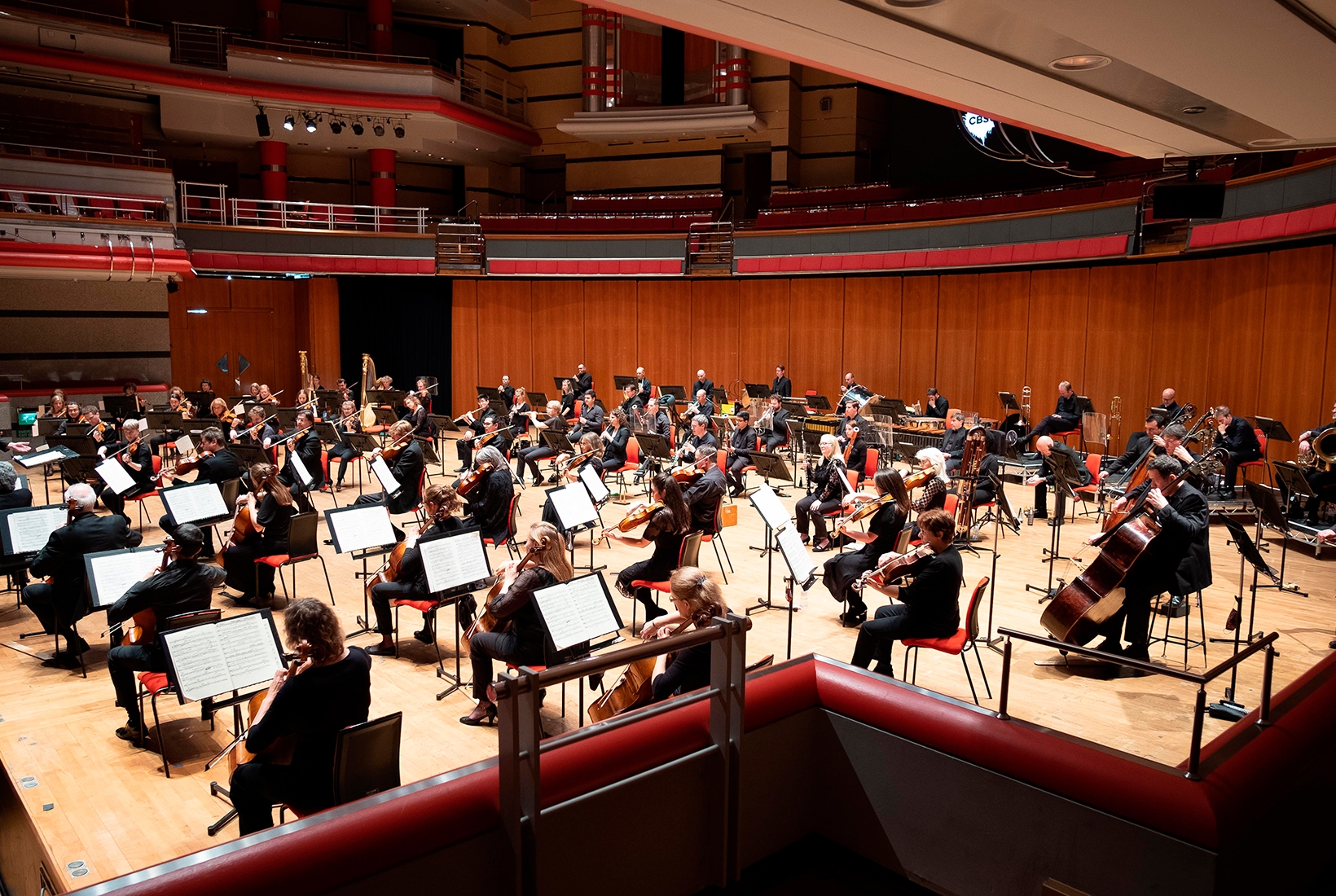Rejoice: live music is back. Or at least, live music with a live audience, which, as Sir Simon Rattle admitted, addressing the masked and socially distanced crowd immediately before the LSO’s first full-scale public performance for 14 months, is kind of the whole point. Yes, he said, they’d streamed online concerts from the Barbican, but the silence of emptiness is a very different proposition from the silence of a hall containing 1,000 human beings. He’s right, of course. Those 14 months have tested to destruction the notion that digital platforms can offer the same sort of emotional nourishment. Once again, then — rejoice! And nobody mention the Indian variant.
For a sector that likes to think of itself as sceptical, the big classical promoters certainly appear to be going all-in. Within the next fortnight most major orchestras will have launched a stop-gap concert series, and many are also planning for a business-as-usual 2021-22 season after the summer. On a rough reckoning, there are between 40 and 50 operatic productions scheduled to open across the UK — at summer festivals, as well as the major companies — over the next three months. The Royal Opera was straight off the blocks with a brand-new production on Monday 17 May: the earliest permissible moment.
The audience whooped and cheered before a note had been played
More of that shortly. The first symphony orchestras back were the LSO and the CBSO, and the tone was celebratory. In both cities, the audience whooped and cheered before a note had been played, and in both concerts there were words acknowledging the significance of the occasion. And then there was music: the sky-punching swagger of Britten’s Young Person’s Guide to the Orchestra with Rattle in London, and Saint-Saëns’ Fourth Piano Concerto with Stephen Hough and Edward Gardner in Birmingham.
These were proper concerts, so here’s a proper review. The Barbican’s stage is intractable at the best of times, and with social distancing in place the LSO couldn’t field its full string section. Still, there was some gloriously upfront individual playing, and the salted caramel woodwind tone and iridescent violin figuration in Dvorak’s Op. 46 Slavonic Dances was enough to leave you glowing. Rattle, meanwhile, seemed to be making up for lost time by micromanaging like crazy — prodding, underlining and generally getting in the way of melodies that ideally need to sound as though they’ve been plucked out of fresh air. Fauré’s Pelléas et Mélisande — music for a play about futility — was a curious choice for the middle of the programme, with Rattle finding a chilly austerity in music that (he said) he’d chosen for its sensuous beauty. Bit odd, that.
Symphony Hall was a different matter. As far as I could tell, pretty much the whole CBSO was on stage with room to spare, playing with pristine clarity and pinpoint ensemble. Hough made graceful, unshowy work of the Saint-Saëns (basically gluten-free Liszt) and Gardner gave a brief spoken introduction to Missy Mazzoli’s Violent, Violent Sea (imagine a Sibelius tone-poem restyled in Tracey Emin neon). The best came last — a performance of Debussy’s La Mer which, in its tonal refinement, heroic sweep and limitless palette of tingling, translucent orchestral colours, hit every auditory G-spot simultaneously. Reunited and it feels so good: I practically bounced out into Centenary Square.
Deflation came later, at Covent Garden. Richard Jones’s new production of La clemenza di Tito takes the optimistic energy of the moment and, to coin a phrase, spaffs it up the wall. Mozart worked hard to wrestle a dated libretto about the burdens of power into what he called ‘a real opera’, but Jones doesn’t seem particularly interested in meeting him halfway, with a listless, semi-detached staging marred by disjointed storytelling and self-consciously ugly designs. The cast, dressed in hoodies and brown Bri-Nylon, gesticulate and fidget awkwardly on the spot. In the absence of any credible motivation, the characters come across as maniacs in an essentially meaningless universe — a conclusion reinforced by Jones’s reductive and cynical final scene.
Mark Wigglesworth conducted efficiently and the high-octane coloratura of Nicole Chevalier — playing Vitellia as your basic nightmare — delivered sporadic vocal thrills. A sudden flash of raw intimacy between Titus (Edgaras Montvidas, less a Caesar than a junior manager on a team awayday) and Sextus (Emily D’Angelo, whose super-concentrated pianissimo deserved a better production) hinted briefly at real dramatic stakes — a moment undermined, slightly creepily, by Sextus’s man-child T-shirt and shorts. Jones has directed some of the most moving (Meistersinger), refreshing (Rosenkavalier) and visceral (Lady Macbeth) operatic stagings in recent years, but Covid or no Covid, this is a half-baked mess. Who said, at some point in the last year, that we’d know life was getting back to normal once critics felt able to start slating things again? Well anyway, there’s another milestone passed on the roadmap to reopening.







Comments